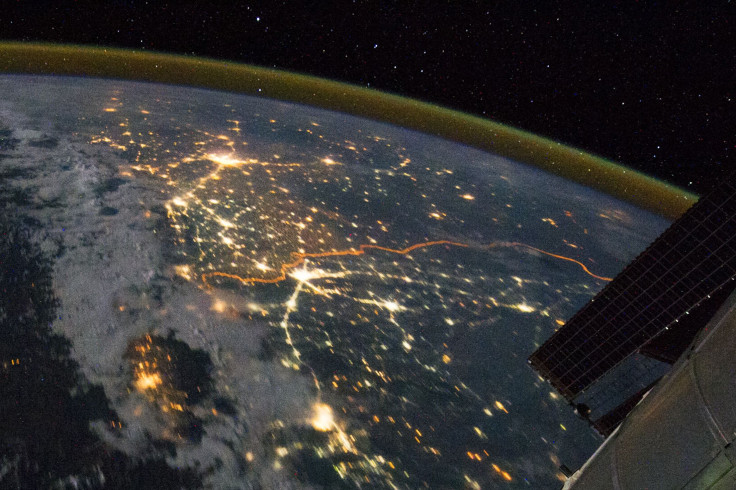‘Technosphere’: Man-made Earth sphere driving the sixth mass extinction

In the history of humanity, scientists recognise five mass extinctions, and the current activities of humans developing technologies for the growing needs of modern life are driving the sixth, a new study reveals. The combination of humans and technologies has made a new Earth sphere, called “technosphere,” which is becoming the primary driver of extinction and geological changes.
Warning from scientists over possible mass extinction being pushed by human actions has been made for decades. The study, published in The Anthropocene Review, described technosphere as the huge, extending combination of humanity and the developed technology.
The technosphere is “the global, energy consuming techno-social system that is made up of humans, technological artefacts, and technological systems, together with the links, protocols and information that bind all these parts together,” the authors said.
The term technosphere was coined in 2014 by the co-author of the study, Peter Haff, a geologist and engineer in Duke University. He said that technology, from stone tools, wheels and crops to current technology, has already acted independently to create a new sphere that can be compared to the existing biosphere or atmosphere or lithosphere.
“I would argue that domesticated animals and plants, as well as humans, are parts of the technosphere,” Haff said. “These are in effect manufactured by the technosphere for its own use on the basis of genetic blueprints appropriated from the biosphere.”
Haff noted that the technosphere “already generates its own living tissue, thus integrating with biology,” and humans already lost control on this technology.
The Guardian reported that the impacts of the sixth mass extinction would be so massive that it could be identified as science fiction, being catastrophic, widespread and irreversible. In the past extinction, the Earth took 10 to 30 million years to recover.
But some researchers are against the idea of technosphere. It has been described to be “neither appropriate nor accurate” to make technology the “defining element of human alteration of the Earth system.”
Erle Ellis, co-author of the study and an expert on the Anthropocene from the University of Maryland, believes that the “ultrasocialness” or the rich social life of humanity is the major driving force of the changes on Earth, instead of blaming the rise of technology. “Technology is not the driver of Earth system change – social change is the cause of this,” he said.
Ellis added that modern humans, who are creating larger-scale societies, are “ultimately gaining the capacity to transform the entire Earth.” However, Haff argues that the technology, not modern humans, is to blame as the cause of global transformation and the potential mass extinction.
Despite the conflict in considering the idea of technosphere, all researchers, composed of geologists and biologists, agreed that it’s the arrival of humans that transformed Earth. They suggest that the current extinction crisis have four characteristics that make it unique in the planet’s history.
The team consider the spread of non-native species around the world, humans taking over significant percentage of the Earth’s primary production, human actions driving evolution and the rise of the technosphere.
However, the researchers said that the mass extinction can still be prevented through proper human actions. “It’s about recognising that we are stewards of nature and that every action we make will have an effect on the biosphere somewhere,” said the lead author and geologist, Mark Williams, of the University of Leicester.
Contact the writer at feedback@ibtimes.com.au or tell us what you think below




















